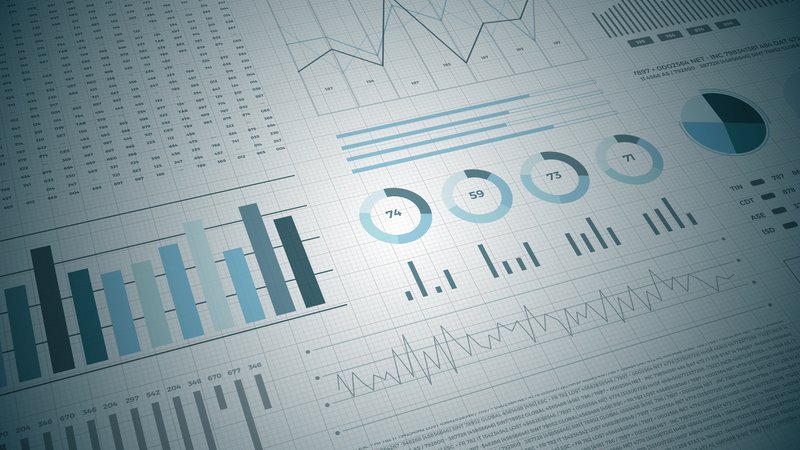Gross Domestic Product, Slovenia, 4th Quarter 2019
GDP up by 1.7% in the fourth quarter of 2019 and by 2.4% in 2019
The slowdown of economic activity was more prominent in the last quarter of 2019 than in the previous quarters of 2019. The slowdown or decrease was observed in the most important components of GDP.
Weak external demand
In the last quarter of 2019 we observed one of the lowest growth rate of exports since the beginning of 2010 (with the exception of the second quarter of 2012). In the last quarter of 2019 the exports increased by 0.9% over the same period of 2018. Similarly to exports, imports have been increasing longer period - since the second quarter of 2013. In the last quarter of 2019 imports decreased by 0.8% over the same period of 2018. External trade balance contribution to GDP growth was positive at 1.3 percentage points.
Domestic expenditure
In the last quarter of 2019 the domestic expenditure increased by 0.4% due to relatively low growth of final consumption expenditure and gross capital formation.
The most important components of domestic consumption are household final consumption expenditure and gross fixed capital formation. Household final consumption expenditure increased by 1.2% in the last quarter of 2019, which is a lower increase than in the previous quarters of 2019 (between 2.5% and 3.8%). Gross fixed capital formation decreased by 4.5%, due to decrease in the majority of gross fixed capital formation.
GDP up by 2.4% in 2019
GDP at current prices amounted to EUR 48,007 million, which is nominally by 4.9% more than in 2018. In real terms GDP increased by 2.4%.
External demand had a positive impact on economic growth even though the growth of exports was more moderate than in 2017 and 2018. In 2019 exports increased by 4.4%. Also domestic demand increased less than in 2018; it increased by 2.1% (in 2018 by 4.3%, which was the highest growth since 2007). Gross fixed capital formation in 2019 increased by 3.2%, which was significantly lower growth than in 2018, when it grew by 9.1%. Household final consumption expenditure increased by 2.4% which was also more moderate growth than in 2018 (2.9%).
Total employment in 2019 amounted to 1,045,000 persons, which is the highest number in the last 24 years (since the data on employment are available). Compared to 2018, total employment increased by 2.4% or 24,000 persons.
Notes
Unless otherwise specified, all comparisons in this text refer to original data, to volume or real changes and to changes compared with the same quarter of the previous year.
More detailed data
More detailed data including time series are available in the SiStat Database.Gross domestic product, constant prices, growth rates (%)
Source: SURS | |||||||||||||||||||||||||||||||||||||||||
Gross domestic product by expenditures, constant prices, growth rates (%)
1) As contribution to GDP volume growth (in percentage points). Source: SURS | ||||||||||||||||||||||||||||||||||||||||||||||||||||||||||||||||||||||||||||||||||||||||||||||||||||||||||||||||
Value added by activities and gross domestic product, constant prices, growth rates (%)
Source: SURS | ||||||||||||||||||||||||||||||||||||||||||||||||||||||||||||||||||||||||||||||||||||||||||||||||||||




